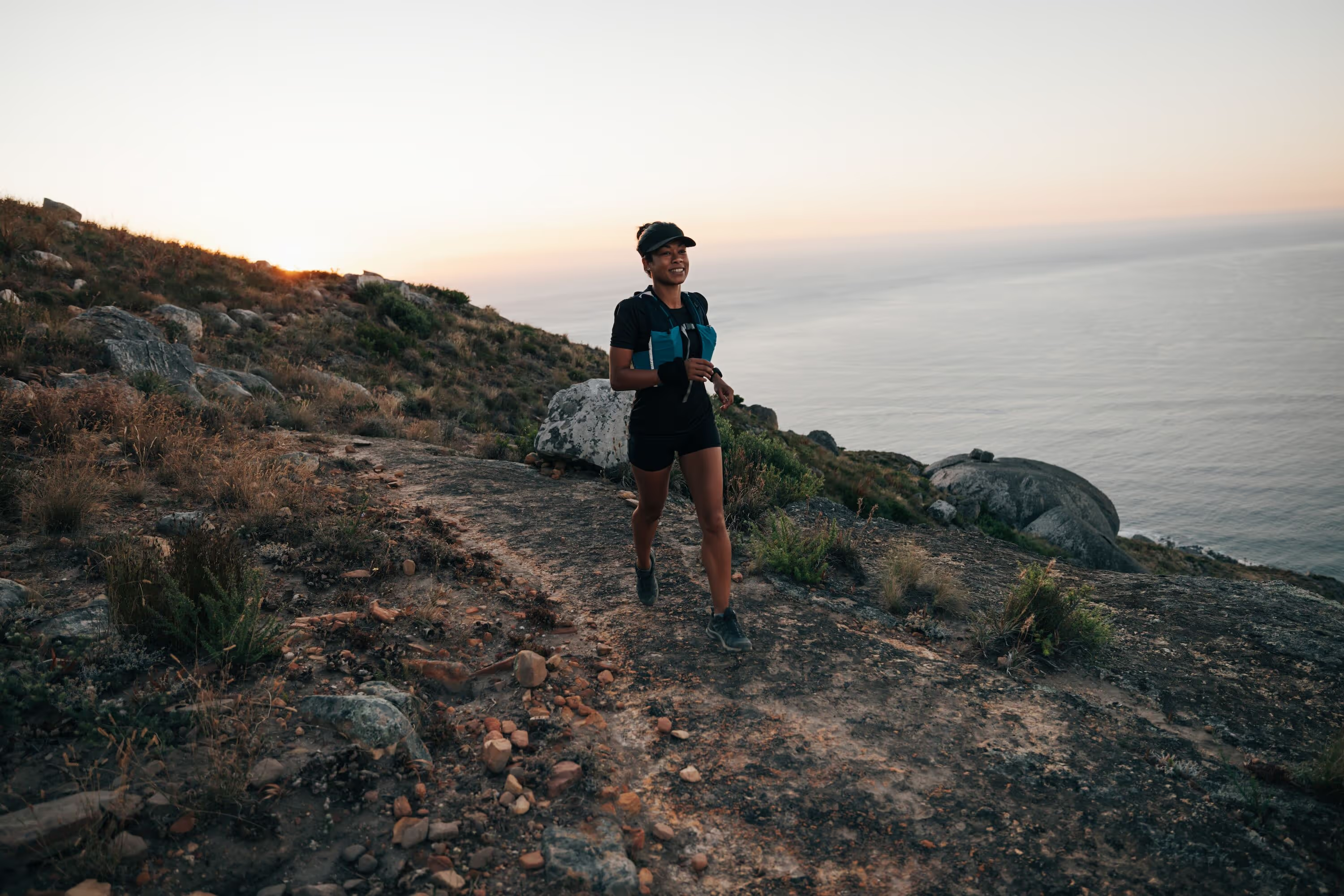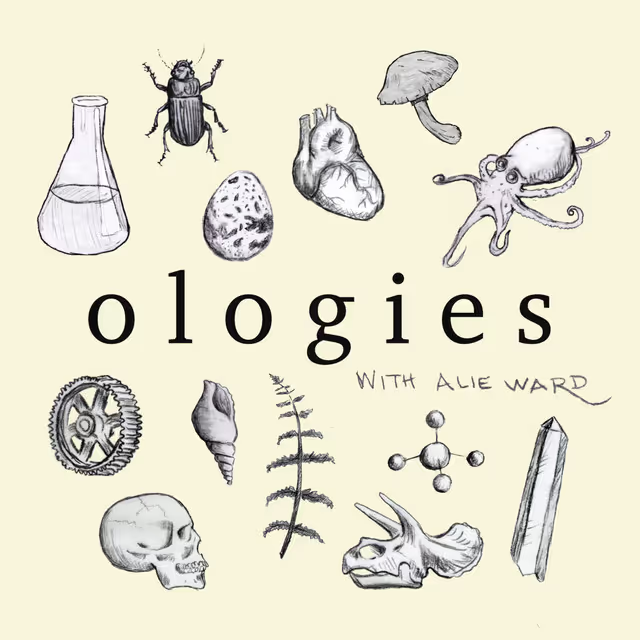
Let's Talk
Menu

Think the world doesn’t need another podcast? You’re probably right…unless it’s a niche podcast. This isn’t about chasing the biggest audience. It’s about creating the right one. A niche show speaks directly to a specific group, dives deep into what they care about, and earns the kind of loyalty that broad, general shows can only dream of.
In this niche podcasting guide, we’ll break down how to choose the right niche, connect with your perfect audience, and turn your specialized focus into lasting growth, influence, and revenue.
But first what is niche podcasting? It is the practice of creating a podcast that focuses on a very specific topic, audience, or industry rather than trying to appeal to a broad, general listenership. Instead of covering everything, a niche podcast speaks directly to a clearly defined group of people, offering depth, expertise, and relevance that mainstream shows often can’t match.
So for example, instead of launching a generic travel podcast, you might create a show entirely about hiking trails in Patagonia. This focus attracts dedicated outdoor enthusiasts who care deeply about that region, rather than casual travelers who may never visit.
Niche podcasting is all about going deep — serving a specific audience with focused content that speaks directly to their interests. This isn’t some trendy buzzword; it’s a smarter path to building a committed following.
According to the 2024 Podcast Pulse Report, four out of five listeners tune into niche shows, and 60% say niche podcasts offer deeper value and insights than mainstream programs. Listeners also find these shows more engaging, and 59% report a stronger connection and loyalty to them.
When content feels like it was made with you in mind, it sticks. Here’s why that matters:
In a crowded media landscape, narrowing your focus isn’t a limitation. It’s what keeps people listening for the long haul.

The problem is that a niche can make or break your podcast. Pick one that’s too broad, and you’ll blend into the noise. Too narrow, and you risk running out of content or listeners. Here’s how to find that sweet spot.
Think of your niche as a Venn diagram with three circles:
When all three intersect, you’ve got a niche with staying power.
To gauge audience demand, start by defining your listener persona — a profile of the kind of person who would tune in regularly. Include details like their interests, challenges, goals, preferred platforms, and even when and how they listen.
Why does this matter? Because the clearer you are about who you’re talking to, the easier it is to spot topics they’ll care about, language they’ll respond to, and communities where they already gather. A well-defined listener persona turns “people who might like my podcast” into a real, reachable audience.
You’ve got your idea and you know who you want to reach. Now it’s time to see what’s already out there. Chances are, you’re not the only one talking about your topic, and that’s a good thing. It means there’s interest.
Your job is to figure out where the gap is. What’s missing from the conversation? Where can you bring something fresh? And no, “because you’re amazing” doesn’t count as a unique selling point (USP). Your USP should be about what listeners get from you that they can’t get anywhere else.
Maybe you discover that there are ten podcasts about vegan cooking, but none that focus on busy parents who only have 20 minutes to make dinner. That’s a gap you can fill. Or maybe there’s a sea of marketing shows, but none that talk about branding for microbusinesses in plain, no-jargon language. That’s your angle.
Look at competitors’ episode lists, social engagement, and reviews. See what audiences love and what they wish existed. This is where you find the sweet spot: a proven topic with room for you to own a corner of it.
Sometimes the broad niche you want to enter is already packed, but that doesn’t mean there’s no space for you. Look for subcategories within the niche that let you narrow your focus while still tapping into a large, engaged audience.
Think of it like this: “Fitness” is a massive niche. “Strength training” is a subcategory. “Strength training for postpartum moms” is a niche within a niche — and that’s where you can stand out.
Subcategories also make it easier for listeners to find you in podcast directories and search engines. Many platforms let you tag your show in multiple categories, so you can appear in more targeted searches. Plus, by being the go-to in a smaller lane, you can dominate search results, guest spots, and recommendations within that micro-community.
The trick is to choose a subcategory that’s big enough to have a healthy listener base, but small enough that you can own the space.
Once you have spotted the gap in your niche and defined your unique angle, it is time to make sure there is an audience ready to listen. Passion and personality are essential, but they will not sustain a show if there is no real demand.
So this is where you test before you invest:
If people are curious, engaged, and ready to hear more, you have a niche worth pursuing. If not, tweak your angle and test again until you find the right niche.

Once you know your niche and you have validated demand, the next step is to create content that keeps your audience coming back for more. In niche podcasting, your listeners expect depth, specificity, and a sense that you get them. That means you need a plan not just for what you talk about, but how you deliver it.
Know the exact words, slang, and references your audience uses. Study online communities, forums, or comment sections where they hang out. Keep a running list of terms, jokes, or phrases they use, and weave them naturally into your episodes. This makes your listeners feel like you’re one of them, not an outsider trying to sell to them.
Identify 3–5 themes that overlap your expertise with your audience’s top needs or curiosities. Use these as content pillars to guide every episode idea. This helps avoid drifting off-topic while giving you freedom to explore angles within each theme. A good test: if a topic doesn’t clearly link back to at least one pillar, it doesn’t make the cut.
Don’t lock yourself into a single episode style. Use solo episodes to share in-depth expertise, interviews to bring in fresh perspectives, and listener Q&As to create your community. If your topic allows it, experiment with narrative storytelling, behind-the-scenes segments, or short “quick tip” episodes for variety without losing focus.
Decide on a publishing schedule you can maintain long-term and stick to it. Invest in a decent microphone and basic soundproofing to avoid distracting audio issues. Consistency in both timing and production quality tells listeners they can rely on you, and reliability builds loyalty faster than occasional brilliance.
Make your listeners feel like collaborators, not just consumers. Ask them for questions, topic suggestions, or stories to feature in future episodes. Use polls or surveys to find out what they want next. When they see their ideas or names mentioned on-air, it deepens the connection and makes them more likely to share your show.
When your episodes consistently reflect your audience’s language, priorities, and expectations, you stop being “just another podcast” and start becoming part of their routine, and that’s where real growth happens.

Speaking of growth, it’s important to remember that a niche podcast doesn’t need millions of listeners — it needs the right ones.
So how can you find a group of loyal fans? Here’s how:
When your audience feels seen, valued, and involved, they do more than listen — they promote, share, and champion your podcast for you.
Now that you’ve found your niche, created content and built a following, the next step is monetizing your content.
Most of the time when people talk about advertisers in podcasting, they’re usually talking about sponsorships — brands paying for space on your show in the form of host-read ads, pre-recorded spots, or integrated mentions. In niche podcasting, this can be even more lucrative than in mass-market shows because relevance drives results. Advertisers know they’re getting hyper-targeted access to a community that actually cares about their product, so they’re willing to pay more for fewer but better-aligned impressions.
Niche shows work particularly well for advertisers for the following reasons:
But sponsorships are only one slice of the monetization pie. The same trust and loyalty that attract advertisers also fuel direct-to-audience revenue streams:
Courses and consulting: If your show solves problems or teaches skills, you can offer paid programs, workshops, or one-on-one sessions.
Whether you work with sponsors or sell directly to your listeners, the key advantage of a niche podcast is the same: a smaller but more invested audience that listens, trusts, and acts.
Some of the most successful shows focus on one specific topic and serve it better than anyone else. Here are a few examples that prove how powerful the right niche can be:

Hosted by Alie Ward, Ologies is a science podcast where each episode dives into a specific “-ology” (bryology, somnology, philematology—you name it). It has amassed over 50 million downloads, became a top-ranking science show, and earned accolades including “Best Science Podcast” at the iHeartRadio Awards.
Why it works: It taps into curiosity for unusual and specific sciences, explained in a conversational, fun way, making complex topics feel personal and approachable.

This climbing-focused podcast, hosted by climber Chris Kalous, spent its early days building audience trust through in-depth interviews with notable climbers. Over time, The Enormocast became one of the most popular climbing media channels — moving from tiny listenership to a go-to resource for outdoor enthusiasts.
Why it works: It serves a passionate adventuring audience with content that’s both niche (climbing) and authentic, which is exactly what serious climbers want to hear.

Based in Vermont, this show features conversations with everyday locals, like road workers, librarians, even funeral professionals, delivered with quiet, heartfelt exploration. It’s a podcast about one place, built for anyone who values real, unfiltered human stories. It even won a Peabody Award, and people still subscribe because it’s uniquely moving.
Why it works: By narrowing its focus to one region and telling deeply human stories, it connects on an emotional level that transcends geography. Listeners feel like they’re stepping into a small-town diner and overhearing life’s most authentic moments.
Niche podcasting is one of the smartest ways to cut through the noise, build loyalty, and monetize with purpose. By focusing on a specific audience, you create deeper connections, higher engagement, and more meaningful opportunities for growth.
Whether your goal is sponsorships, product sales, or simply becoming a trusted voice in your field, the power of niche lies in its precision. With the right strategy, research, and consistent value-driven content, your show can become the go-to destination for listeners who feel like you’re speaking directly to them, and that’s where lasting success lives.
You’ve got the insight, focus, and drive, now it’s time to bring your niche podcast to life.
At Cue, we specialize in producing shows that don’t just sound great, but connect with the niche audience you want to reach. Whether you’re refining your concept or ready to record, we’ll help you turn your vision into a professional, purpose-driven production that grows with you and your audience.

Join our carefully curated newsletter packed with insights, tips and resources to help shape and share your stories.